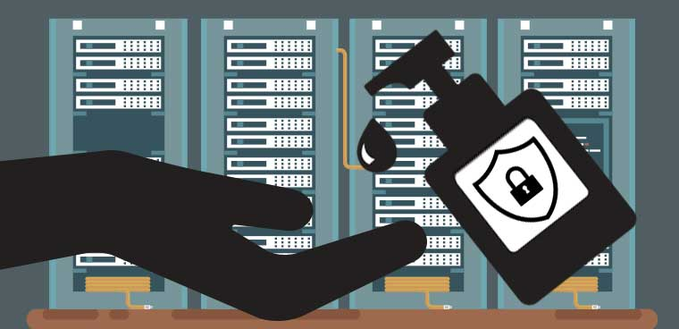Cyber Hygiene: How to Keep it Clean Online
October 28, 2019
Let’s imagine for a minute, a high school student decides to post about her adorable dog named Spot on social media. She also posted a number of other things in the past few months: like when her birthday is, what school she goes to, her favorite place to go, what she does in her free time, her favorite memory, and so on. Later on that year, she begins to notice things happening to her account on social media. At first, small things occur: alerts of logins from other devices, then password changes, then she can’t access her account at all.
She goes to her email to reset the password, but that doesn’t work either. She was just locked out of her own life.
How did this happen? Easy, hacking.
And this imaginary student isn’t the only one who is a victim of hacking. Everyone is, from using public WiFi and over sharing to adding viruses without even knowing it.
Less than one in three people know what the most common cyber-attacks actually are or what they do. Many others believe they have good cyber hygiene, but this proves to be untrue.
Cyber hygiene refers to the practices and steps any user of technology takes to maintain online security, almost like taking care of one’s body. The benefits of having a routine cyber hygiene in place are maintenance and security of the technologies one uses. Maintenance is quite important for any technology and software to run at peak efficiency. When files become fragmented and programs become outdated, it increases the risk of vulnerability. With a routine in place, issues can be found early on and allow a chance to prevent any serious problems from occurring. Security helps prepare and prevent many threats, such as hackers, identity thieves, advanced viruses, and intelligent malware to name a few, and makes them possible.
“Having good cyber hygiene keeps you safe from many (not all) of the threats in the online world,“ said Mr. David Lynch, Computer Science teacher. “But cyber hygiene encompasses a lot of different practices – things like having different login/password combos for different sites, only accepting attachments or downloads from trusted sources, not giving out personal information to websites, etc.”
Creating a cyber hygiene routine may seem difficult, but it is not that hard. There are many things one can do regularly to increase online security, like creating complex passwords and changing them monthly. An example could be instead of using “I Love Secrets” type it out as “1 <3 53CR3T5.” That way it is harder to guess. Keeping up with updates on electronics and software can help maintain high performance. Finally, backup data onto a secondary source, like a hard drive or cloud storage, so that all data is saved in case of future breaches.
“Making sure you allow your programs and operating systems to update (like Windows or Android) helps ensure your devices have the most recent security fixes and patches,” said Mr. Lynch. “Having an up-to-date antivirus and anti-malware program that scans frequently is another excellent idea. Always be careful opening email links or attachments – be sure you trust the sender first – and if it is a link, check the URL to make sure it is sending you to the ‘right’ place.”



